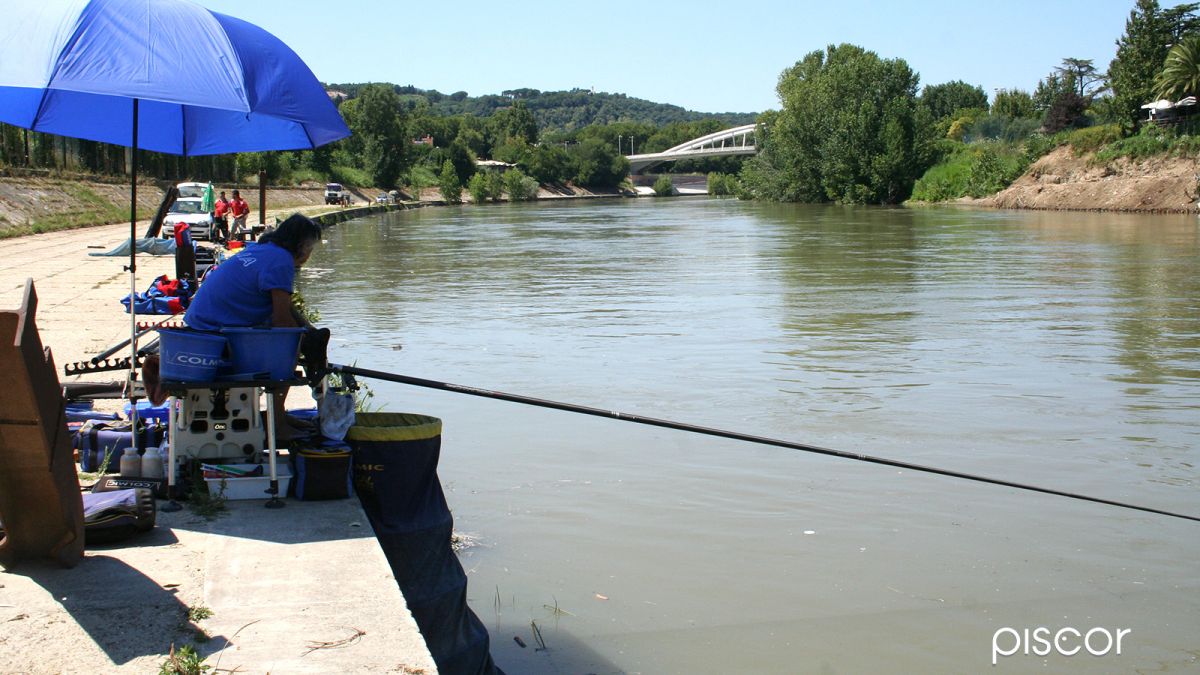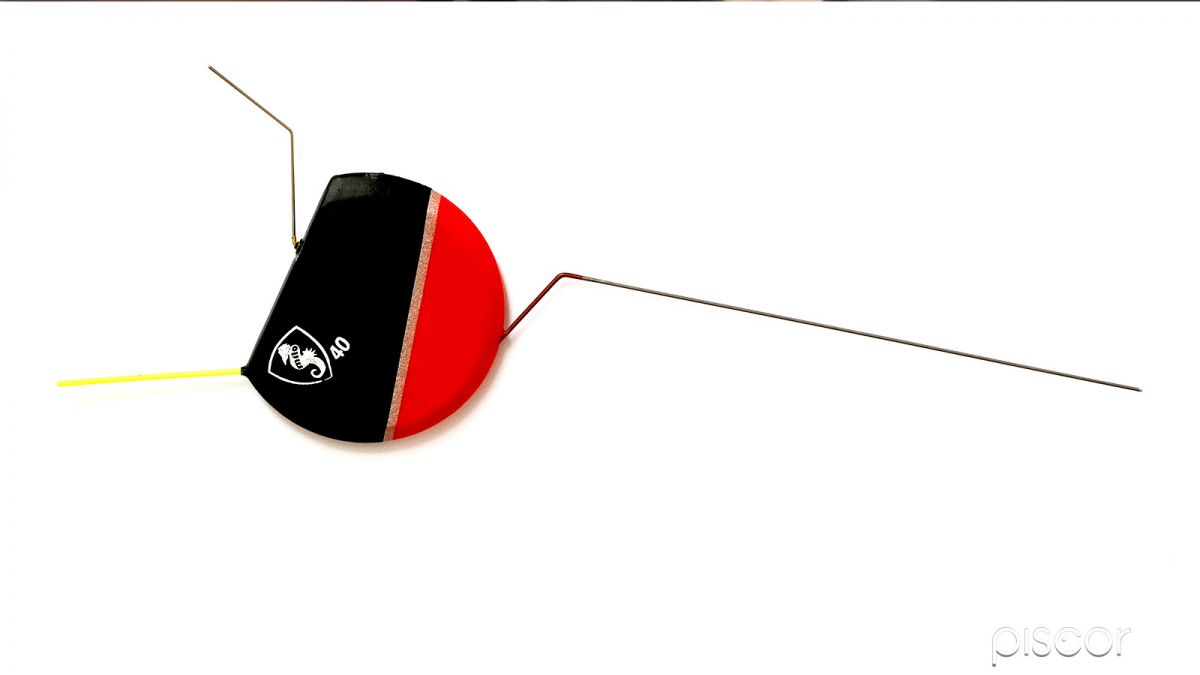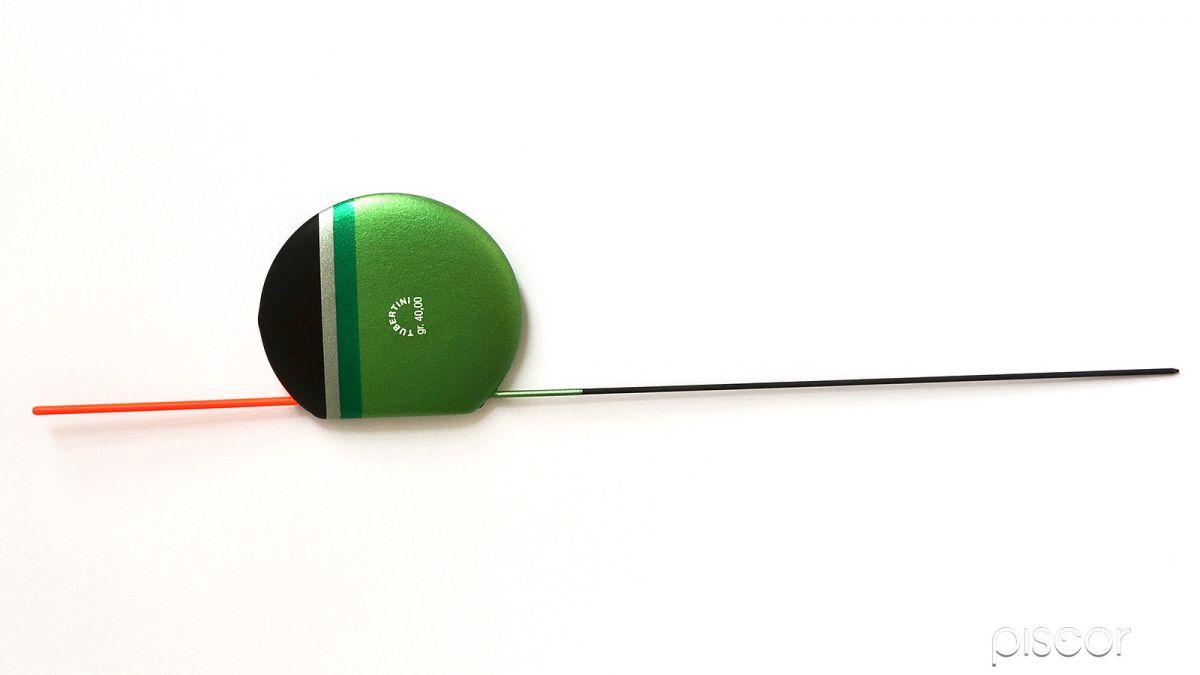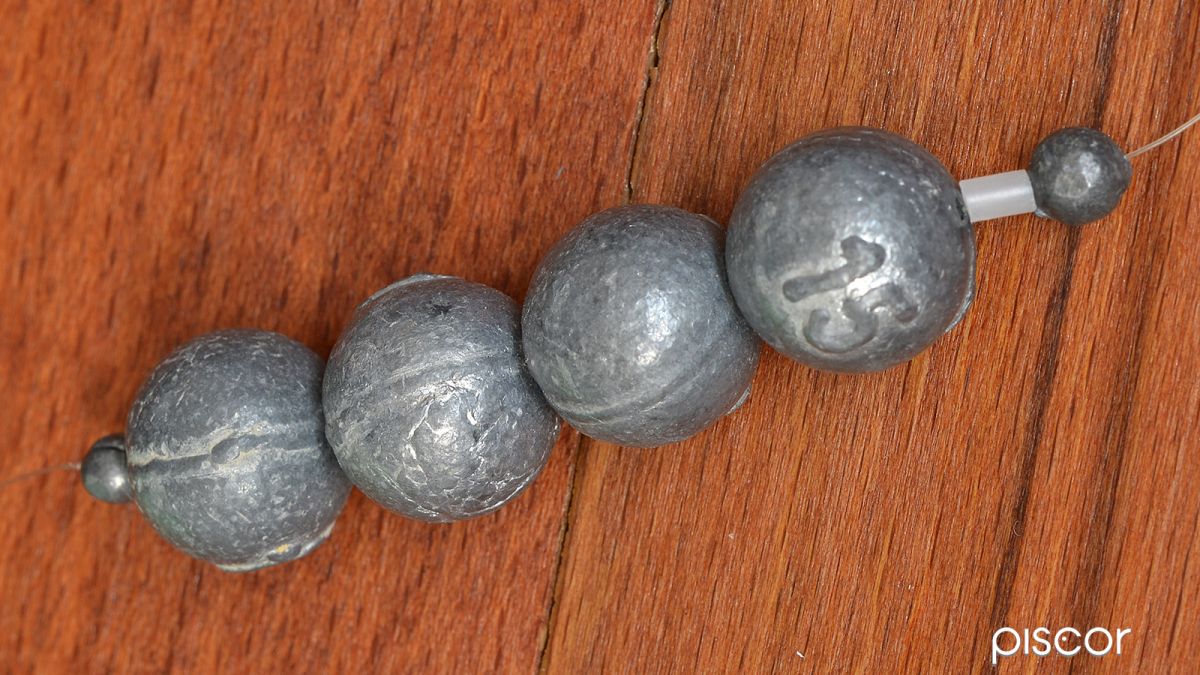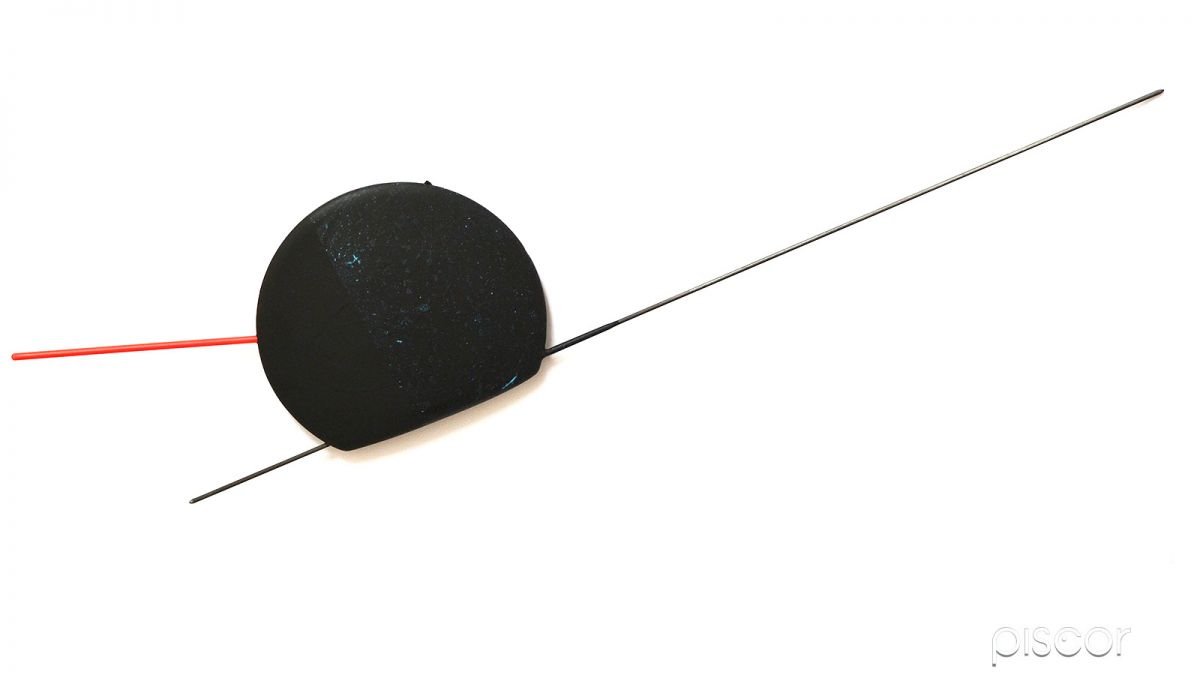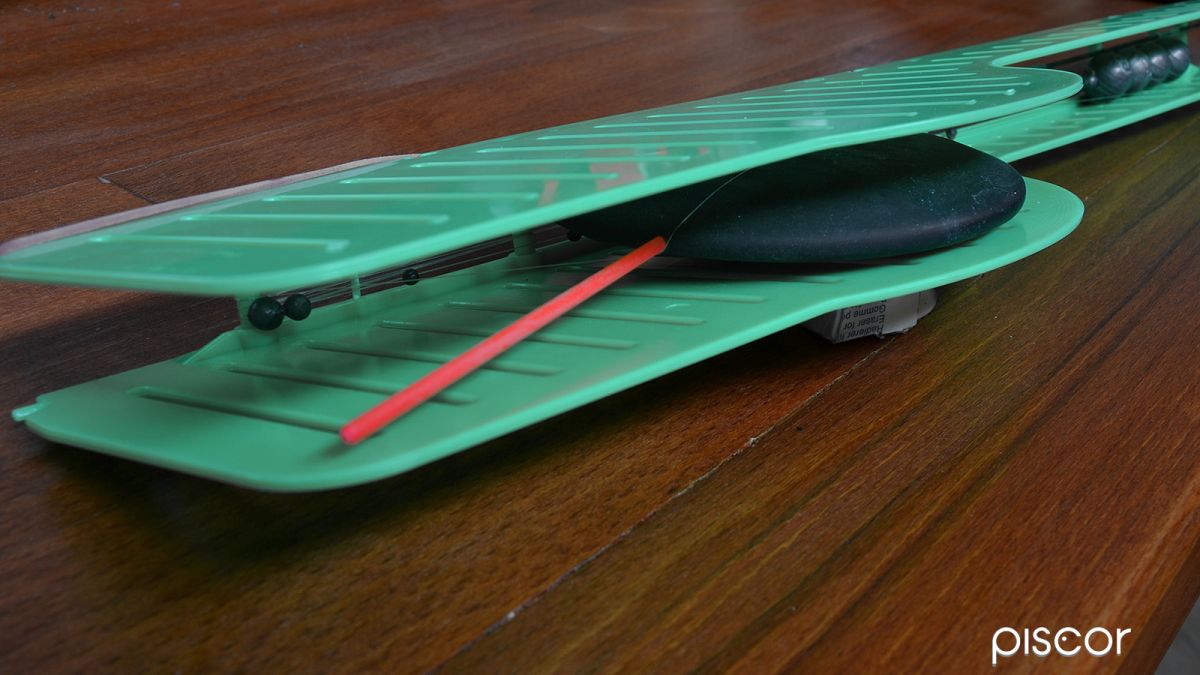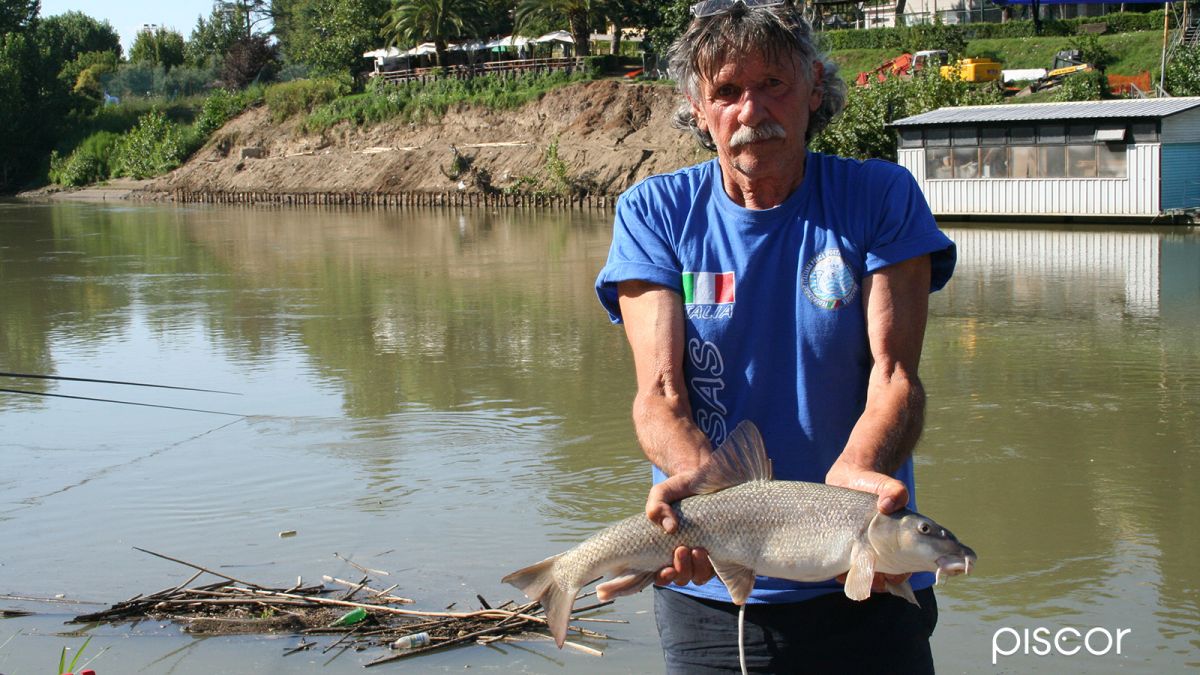Fishing with floats is now a reality: there is no agonist that can be defined as such that does not have some sail floats in its supply line, maybe even just a few fractions of gram, but this float is now used with continuity and, above all, with conviction, even where the water is still or almost, maybe even just to counteract a superficial current due to the wind.
There are spots, race fields and simply special fishing environments where the flow of the river is remarkable and where the seabed is disastrous, but there are the best fish in these areas, so let's see how to organize!
The rod
Reliability and strength must be the two main qualities. The classic carp roubasienne is what is needed for both the action of fishing and combat (it is appropriate to define it as well) with a large fish can be fatal to a so-called "high-end" tool and even more dangerous may result 'grounding with an obstacle of the bottom, be it a big rock (better) or a branch of a tree brought by the current from which it is almost impossible to free itself.
In the case of a big rock, with a little practice, sometimes, you can free yourself. The right maneuver is the following you have to bring the rod upstream by stretching the line and then quickly bring the rod on the vertical of the obstacle and then lift it without tearing when calculating that the float has reached the obstacle itself. Often it is the considerable weight of the lead to cause the "disgorging" of the stone.
Unfortunately, it does not always work and then you have to bring back the rod and pull up to take the rubber band in your hand trying to tear the rig apart. This is why you need to have an elastic that is not inferior to the 2 mm cable, which is already a measure to be considered at the minimum limit. Let's not forget that we can also have important water flows.
The float
The waters of the great rivers are the kingdom of the sail floats, of those great as pizzas. If there's one thing you should not be afraid of, in this case, it's the weight.
For two reasons, mainly. The first is that waters like those described have fluctuations in the speed of the current also quite accentuated, so better to have ten grams more in line, which allow you to be able to fish properly in moments of flow stronger, than less.
However, the main reason why it is better to have more lead than what seems to be sufficient is because of the "hand" background, you have to stay firm and avoid making the smallest movement that can be fatal for the ending or, even worse, for the whole line, if the lead remains trapped.
The circular sail with a frontal cut compared to the current source is definitely the shape that best suits the situation. The reason is to be found in the fact that, with such a form, the thread passes in front of the float, therefore, there are no parts of the body prior to this. This avoids flag waving and skids that can frustrate the fishing action in 50 grams, which alone can pull out 20 cm of elastic from the rod and the elongation can be accentuated by the pressure of the current on the float stopped in restraining.
During these evolutions the rod is subjected to very important stress, that's why we strongly recommend the very strong tools, without tips to avoid bending and, therefore, excessive ovalizations of the sections.
If then the float has a point of attachment of the upper thread higher than the body itself, even better, because it will be easier to keep it in fishing with only the outflow of the antenna from the water without having to immerse an excessive portion of the end of the rod.
Excellent, however, even the floats with the passage of the internal wire, but, in this case, it is necessary that the antenna and the antenna are in axis because, based on the inclination of the antenna with respect to the water, we will have the precise vision of the inclination of the line that should never be excessive.
A float of this type that forms an angle below 45-50 ° with water suggests that the line is too steep due to insufficient lead to allow adequate stability. In principle, the ideal angle that the float and, therefore, also the line, should form with the water surface upstream of the float should be between 60 and 70 °.
Obviously, if the float remains vertical, ie it forms an angle of 90 ° with the water surface, it means that we are fishing with an excessive amount of lead and the presentation of the fishing line and the bait are compromised.
The mounting of the line
It is what took a long time before reaching a satisfactory level. The components to be harmonized are several: we have fish that eat strictly on the bottom, but the bottom is very insidious and we cannot risk a problem with each fishing line.
The current is strong and, moreover, not very constant in both direction and speed, but the imperative is to have a part of line supported on the ground to be able to see some bites.
By dint of trying and reasoning on we have come to make a plumbing that meets the essential requirements, because the use of large leads is essential, but these cannot be supported on the bottom for the reason that they go to get stuck between stones and obstacles various and then also for the reason that the regulation of bidding prohibits the support to the bottom of the principal part of the plumbing and, when you use the big leads from twenty grams and up, it is evident that these represent such part.
Here, then, to what we have arrived after a thousand attempts cost, more or less, a nice nestling of hooks left on the bottom. On the main line we inserted the pellets from 15 to 20 grams until reaching the near-calibration of the float.
The solution of only one big lead would be better as management and stability, however, an excessive concentration of the lead in one point of the line creates some problem of management of the fish in the combat phase.
If the fish is of a good size, the skidding that creates a single lead leads to lacerate the mouth of the fish with the consequent loss of the latter. Fractioning the leads, however, this phenomenon is significantly reduced. The lead must be stopped on the wire at about 50-60 cm from the buttonhole of the final and in this section 5-7 spherical pellets of n. 7. Finish the assembly a long end from 50 to 60 cm.
The measurement of the bottom and the setting of the line
Before assembling the final, you have to measure the water and this must be done with a large probe with a clamp that is fixed on the second pellet starting from the bottom. When we say big, it means "big", because you have to feel it when it touches the bottom and if you have a bulk of pellets of about fifty grams it will be impossible to appreciate the support at the bottom of a probe of twenty grams.
Applying it to the second dot, we will have the certainty that a good part of fishing line will lie down to the bottom: certainly all the finish and probably, if we have guessed the right course and the line will stay with an appropriate angle, even the first dot . The long rig will have a moderate fluctuation, but above all it will be able to wedge among the rocks of the seabed without excessive danger of grounding, if we are tenacious in keeping everything firmly without slipping to the valley.
The only movement allowed is the vertical lifting of the line at the point that we have detected as clear of obstacles. It's a movement that really likes bottom fish.
How to understand where to fish
Finding the point in which to hold the line is not very simple and may require some sacrifice: that of some final.
The best advice to give, in these cases we believe is to make the first pass by putting in line a final made with a small hook and a thin thread. In case of a problem it will be very easy to break the final and recover the rest. Needless to risk stressing the elastic and the fishing line trying to find the bottom with the final ending, maybe made with a 0.16 or even larger.
The sacrifice of a pair of small-diameter endings can allow us to easily find the best point of stationing of the line.
The baiting
Such places require heavy, but not necessarily sticky, and glue-free maggots. As for the pasture, it may seem strange, but it is better if they crumble immediately after the finish on the bottom avoiding the rolling down the balls of a very strong dough.
A pasture that opens immediately flattens on the bottom and disperses among the stones, while a rolling ball can bring the fish too far down. To allow such an action to the pasture we must add material that weighs down and does not paste too much.
The earth can be an interesting ingredient from this point of view, but even better is the gravel, the same that is used to glue the maggots: the glue power is absolutely zero, but the specific weight of the dough increases a lot.
As for the glued maggots, which probably represent the best baiting, especially if there are barbs, it is necessary to exaggerate with gravel or quartz. Sometimes we will find ourselves gluing with the Arabic maggots and gravel in proportion of 1 to 7, that is to mix a kilo of larvae with 7 kilos of quartz. Glued all right with plenty of Arabica, you will get balls similar to stones that, just like stones, fall to the bottom and, in this regard, should be made a clarification.
Many think that a ball of maggots glued with the gravel and thrown into a current travel, under the pressure of this, who knows how many meters. It is not so. With the proportions we have indicated before, a ball of gravel and maggots, with a water thickness of three meters, as much as you want, will do, yes and no, a move of half a meter downstream from the point of impact with the water.
For this, we recommend throwing the balls right in front of us by letting down the line slightly downstream to put then in detention: the exploitation of what launched in the water will be perfect.
This is a technique that is very good especially on the prism of large rivers, places difficult to practice due to the strong current, due to the extreme irregularity of the bottom due to the stones piled in bulk and due to the presence of obstacles, usually in the form of branches and logs taken during floods. Difficult places, but these are the characteristics that make it the favorite place for many species and specimens of greater size.

